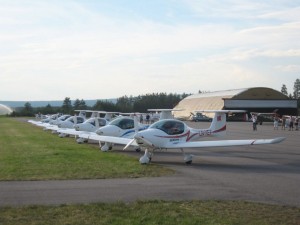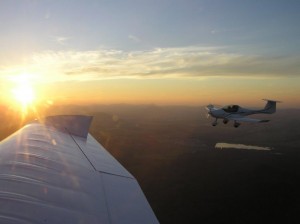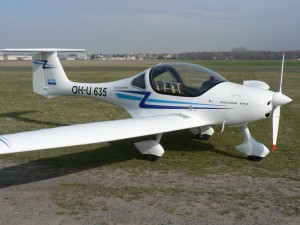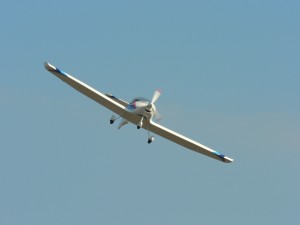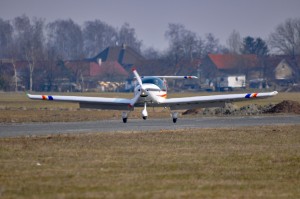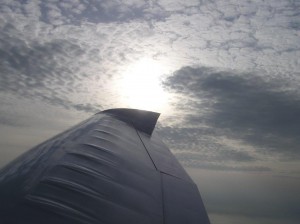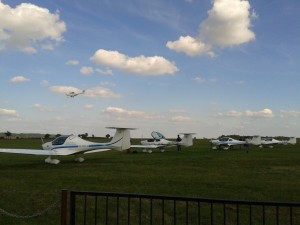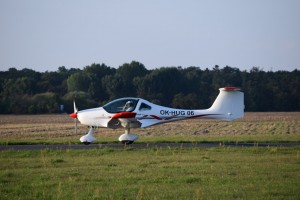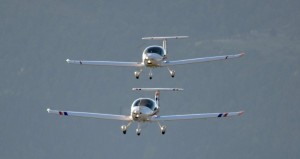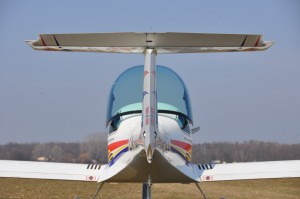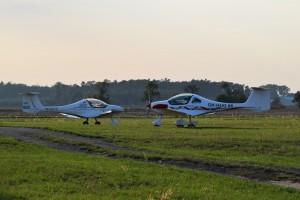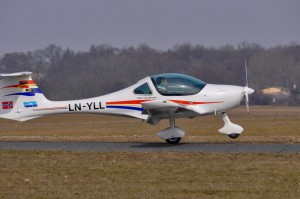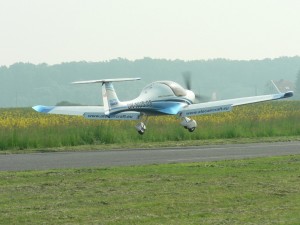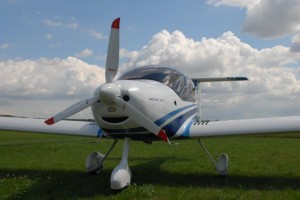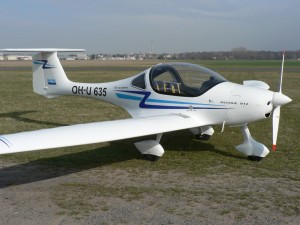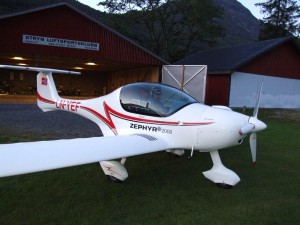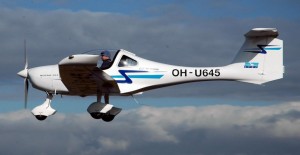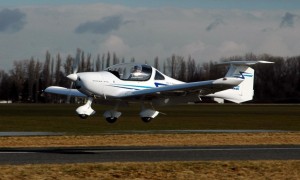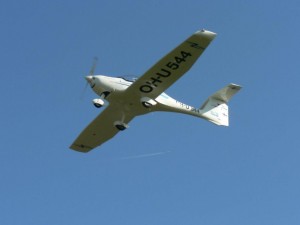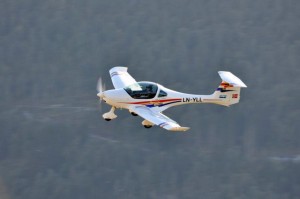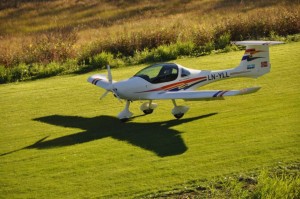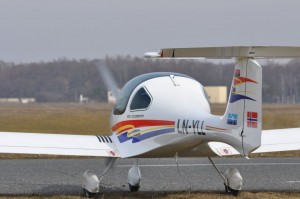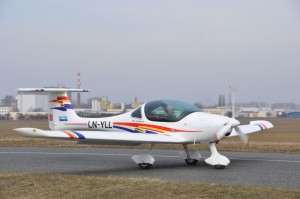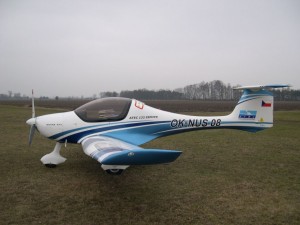ICAO code: ZEPH
This legendary and still popular two-seat cantilever low-wing ultralight aircraft of mixed construction with 3-wheeled fix undercarriage still keeps its elegant aerodynamic design, even though many structural and technological modifications were applied in course of time and since its first version had been produced. The latest model has absolutely different look. The Zephyr appeared on the sky in 90´s and was one of the first composite aircraft within the Czech republic. It was awarded for its design immediatelly after its presentation on several prestigious airshows. Thanks to its strong construction and attractive design, it still holds its position within its category. Nevertheless, in 2021 we decided to end its production and to pay more attention to development of other advanced models using the latest technologies.
In 2001, we started producing its lighter modification Zephyr 2000 with the use of carbon composite technology. In 2007, the trade name Zephyr 2000 was changed to ATEC 122 ZEPHYR. Although its design, performance and spacious cockpit give the feeling of higher weight aircraft, in fact it joins ultralight category thanks to carbon technology, which guarantees excellent strength, but light weight. Keeping high safety level, it can meet even the most demanding weight regulations. Over 500 Zephyrs are successfully operated worldwide. It is one of the safest ultralight aircraft ever.

It differs from the Atec 321 Faeta mainly by the construction of the wing, its material composition and aerodynamic properties. The wing profile is also laminar, but its construction consists of a combination of fiberglass, carbon composite, wood and polyester coating.
The Zephyr is approved for operation in UL category up to 472,5 kg MTOW and for aerotow of gliders up to 520 kg TOW. Due to its flight characteristics, performance, manoeuvrability and low consumption, the Zephyr is still popular for touring and flight training in pilot schools.

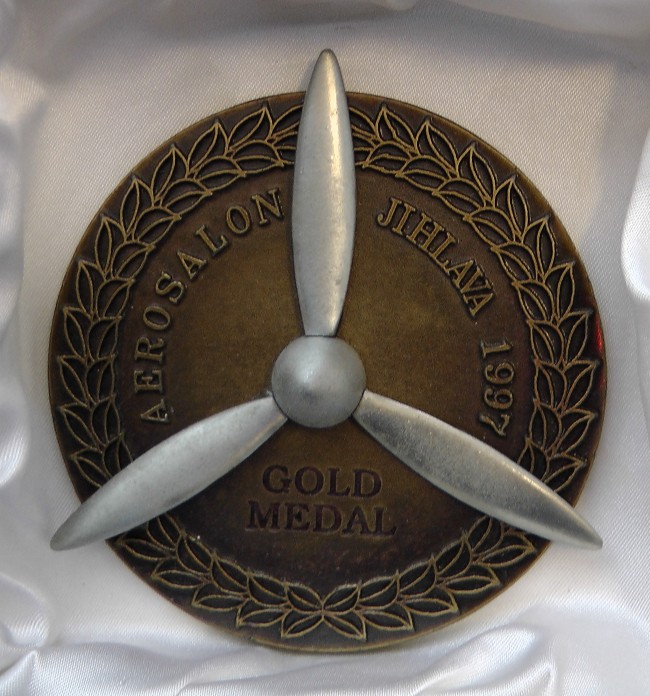
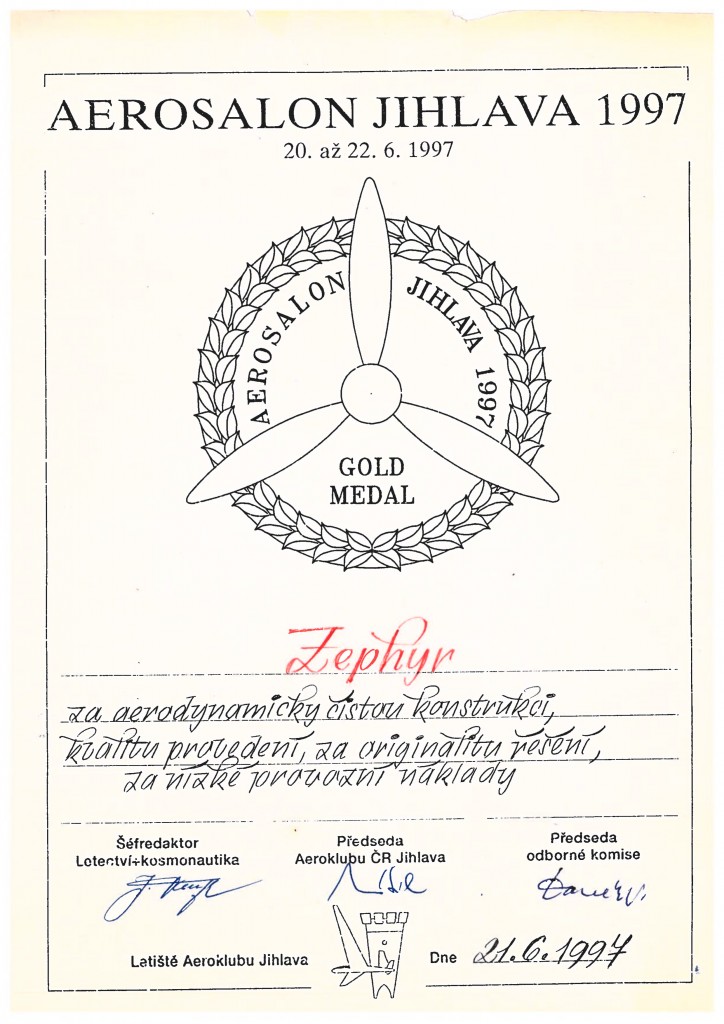
Basic characteristics
Specification
| Wing span | 9,4 m |
| Length | 6,2 m |
| Height | 2,0 m |
| Wing area | 10,3 m2 |
| Tail span | 2,4 m |
| Wheel spacing | 2,0 m |
| Empty weight | 275 kg (alt. 262 kg) |
| Max. take off weight | 450 / 472,5 kg |
| Fuel capacity | 60 L (alt. 80 L) |
Performance
| Cruising speed VC | 230 km/h / 124 kt |
| Never exceed speed VNE | 290 km/h / 157 kt |
| Stall speed (flaps extended) VS0 | 50 km/h / 27 kt |
| Stall speed (flaps retracted) VS1 | 75,6 km/h / 41 kt |
| Max. horizontal speed VH | 270 km/h / 146 kt |
| Rate of climb | 6,5 m/s / 1280 ft/min |
| G-load limit | +4 / -2 |
| Flight range | 1900 km |
| Fuel consumption | 7/14 L/h |
Technical details
The wing
The cantilever wing is of mixed construction with UA-2 laminar-flow. The rectangular wing plane in the root area goes over into the tapered wing ended in a wing-tip. The main spar is made of multi-layer reinforced beechwood and is placed at a depth of 30% of the wing. Hinged ailerons and flaps are attached on the rear auxiliary spar. The leading edge is covered by a composite sandwich as far as the main spar. The rest of the wing is covered by polyester fabric. The centrewing is welded from high quality CrMo steel tubes and inbuilt in the fuselage.

The fuselage
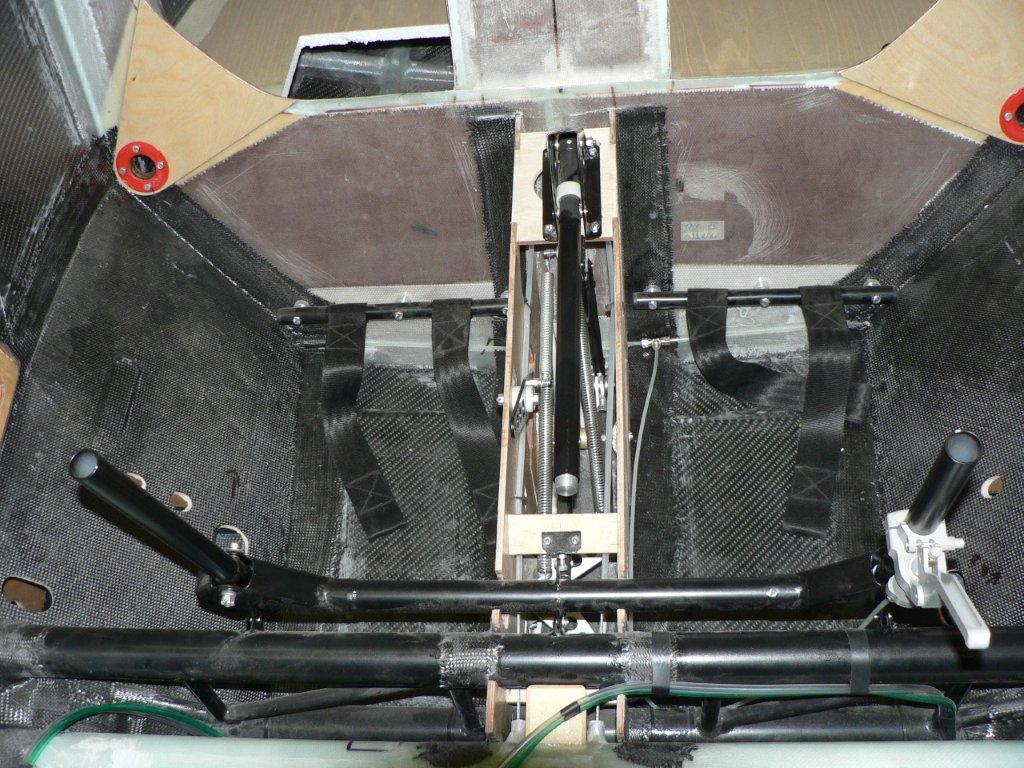
The fuselage is a carbon composite shell braced with multi-layer wooden bulkheads. The cross-section is elliptic with pure wing fillets and a spacious cockpit. The engine in the front part of fuselage is separated by the firewall on which the engine mount and steerable nosegear are attached.
The tail unit
The T-shaped tail unit is of mixed construction. The tapered horizontal tail consists of fix stabilizer and the elevator. Covers of torsion boxes are composite made. The ribs and the spar are made of wood in a way similar to wings structure. The vertical tailplane has tapered shape. The tail fin is an integral part of the fuselage. The vertical rudder is made of composite.
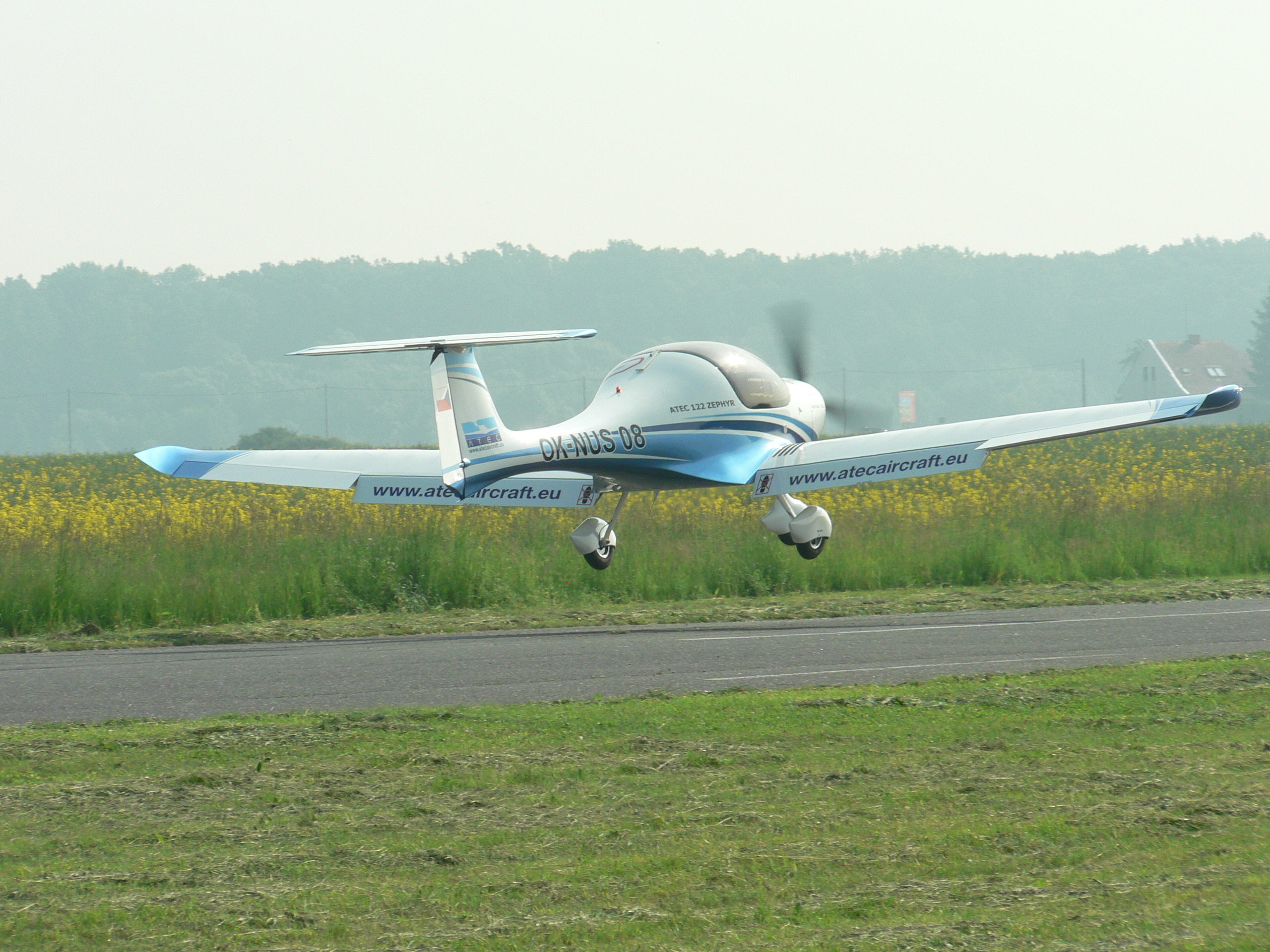
The undercarriage
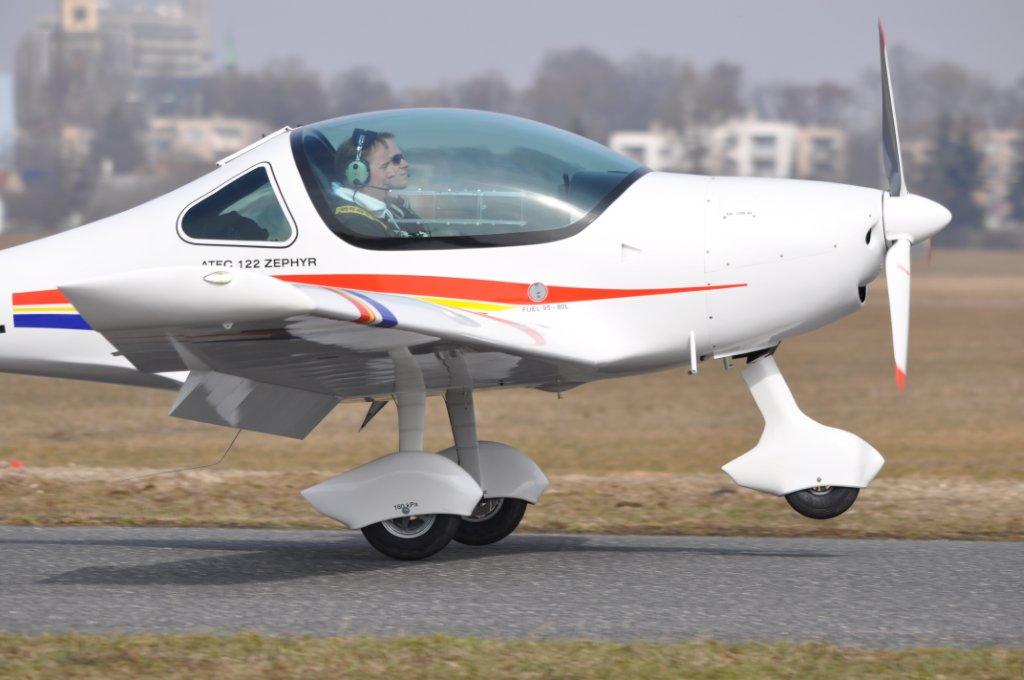
The undercarriage is a fixed three-wheeled construction with a steerable nose wheel. The main gear is designed as a pair of composite leaf springs. The nose gear is made of composites, metal tube and shock absorbing rubber springs. Main wheels are equipped with hydraulic disc brakes. Electronic main wheels size is 380x100 mm, front wheel size is 300x100 mm. Aerodynamic wheel spats are installed on all wheels.
The control
The control of all rudders is dual. Ailerons, flaps and elevator are steered by pushrods and levers. The rudder is steered by steel wire ropes. All control attachments are situated within the airframe. Important checking points in wings are equipped with inspection holes with perspex covers.

The propulsion unit
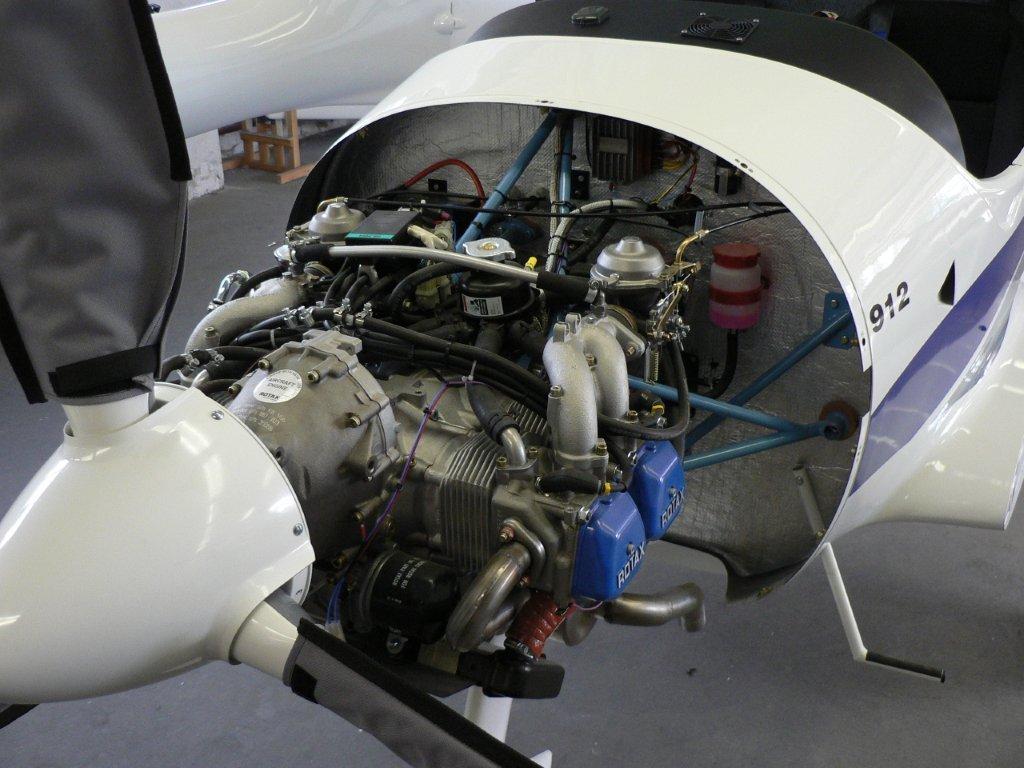
The propulsion unit consists of the engine ROTAX 912 UL 80 HP or ROTAX 912 ULS 100 HP and three or two blade FITI propeller which can be fix, ground or in-flight adjustable. The engine mount is welded of the first-rate-quality CrMo thin-walled steel tubes.
The fuel system
The fuel system consists of the central fuel tank inbuilt in the fuselage. The piping connection is equipped with a sediment bowl and a drain plug. The fuel supply is managed by two independent circuits and pumps. The fuel pressure is monitored by the pressure gauge.
Instrumentation
Instrumentation consists of basic flight, engine and navigation instruments. The static and dynamic pressure are taken from the Pitot tube attached to the underside of the left wing.
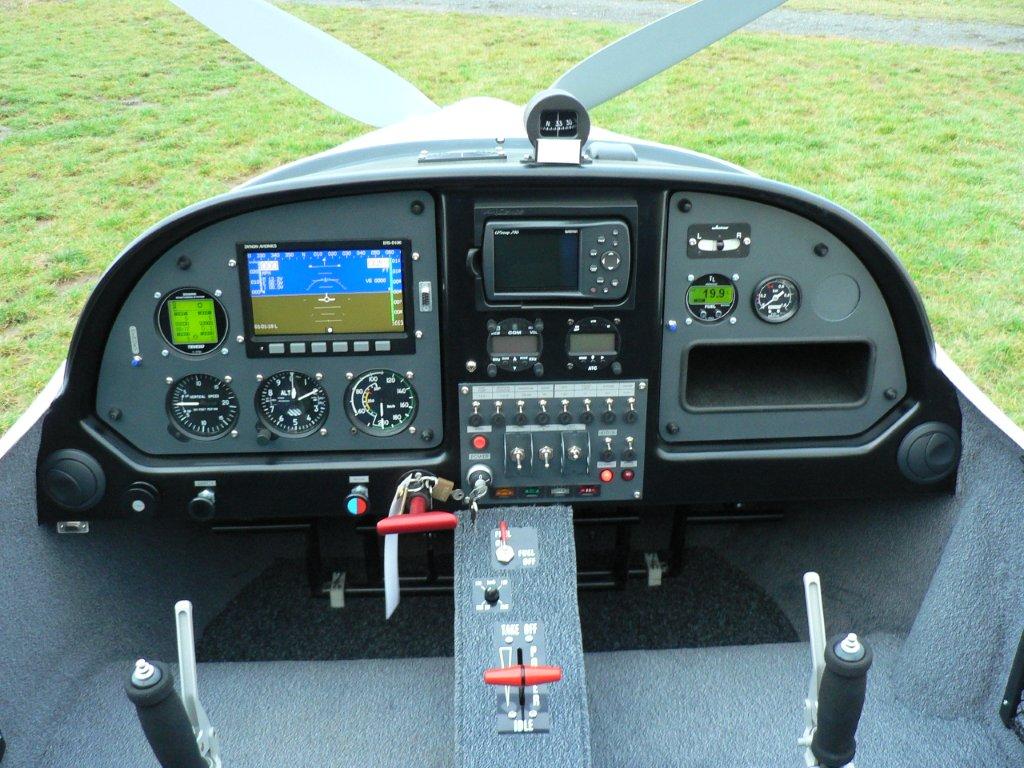
Cockpit and canopy
Cockpit is equipped with effective air ventilation. It can be equipped also with heating and demisting fan of the canopy. The hinged perspex canopy opens up and backwards. Electrical blocking system of the canopy lock disables to start up the engine in case the canopy is not properly closed. Mechanical blocking system prevents the canopy from self-opening during the flight. Whole cockpit is upholstered. Seats are adjustable. Pedals are possible to adjust in 3 positions.


